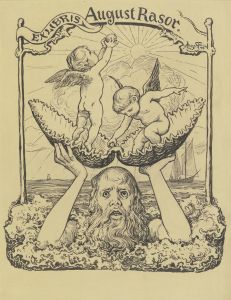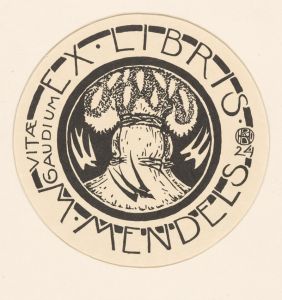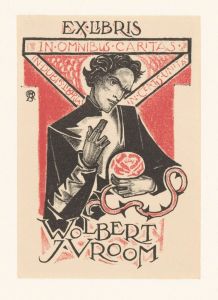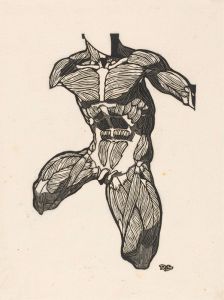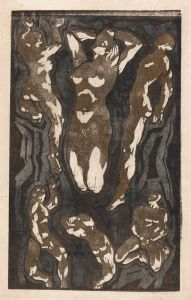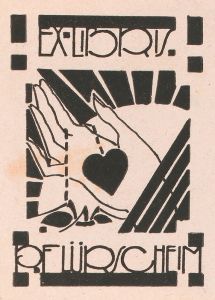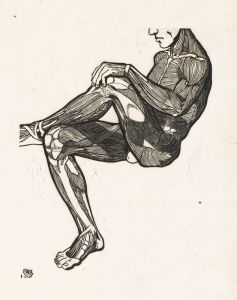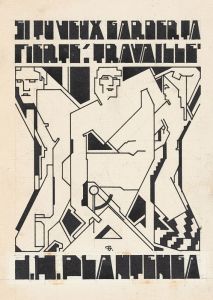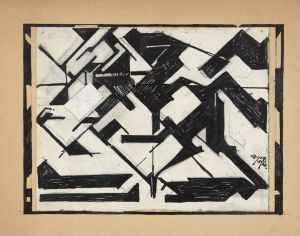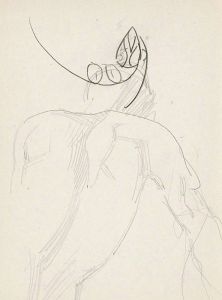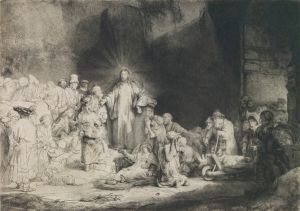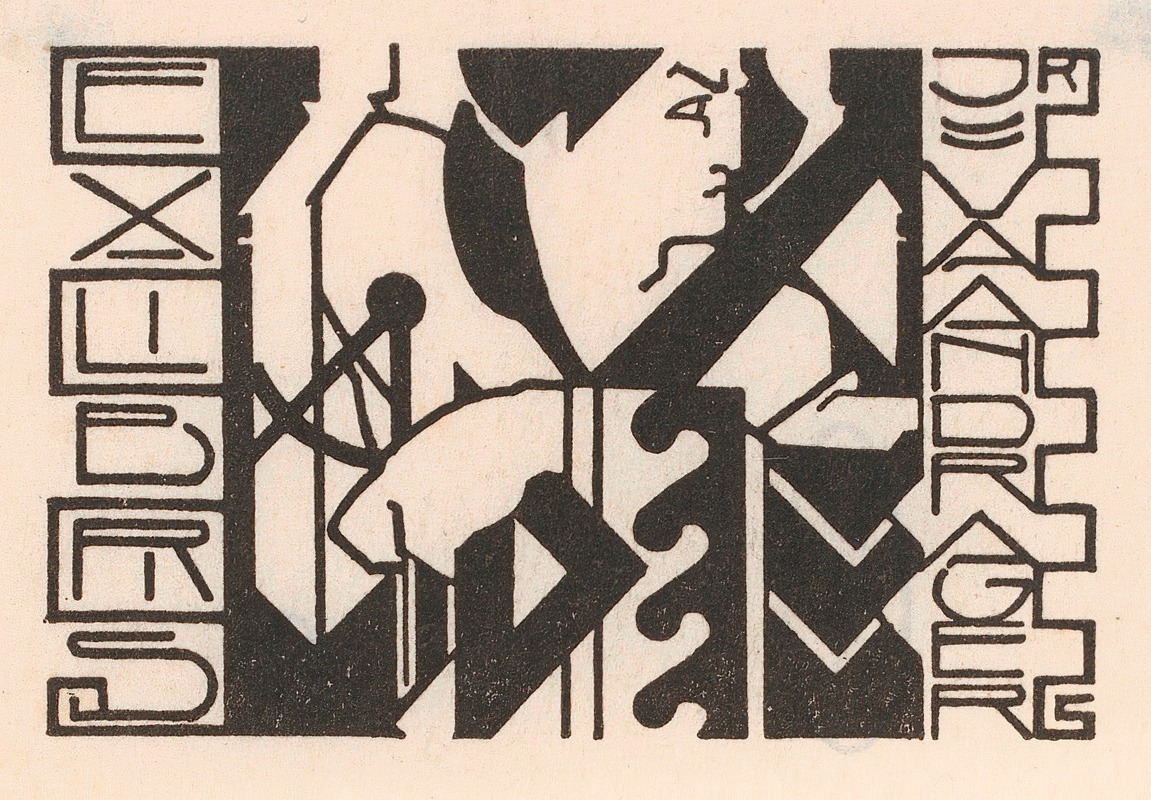
Ex libris van J. van der Ager
A hand-painted replica of Reijer Stolk’s masterpiece Ex libris van J. van der Ager, meticulously crafted by professional artists to capture the true essence of the original. Each piece is created with museum-quality canvas and rare mineral pigments, carefully painted by experienced artists with delicate brushstrokes and rich, layered colors to perfectly recreate the texture of the original artwork. Unlike machine-printed reproductions, this hand-painted version brings the painting to life, infused with the artist’s emotions and skill in every stroke. Whether for personal collection or home decoration, it instantly elevates the artistic atmosphere of any space.
Reijer Stolk was a Dutch artist known for his contributions to graphic design and printmaking in the early 20th century. One of his notable works is "Ex libris van J. van der Ager," an ex libris or bookplate created for an individual named J. van der Ager. Ex libris, Latin for "from the books of," are decorative labels pasted into books to indicate ownership. They often feature artistic designs that reflect the owner's personality, interests, or family heritage.
Reijer Stolk was born in 1896 in the Netherlands and became an influential figure in the Dutch art scene. He was particularly active during the interwar period, a time when graphic arts were gaining prominence in Europe. Stolk's work is characterized by its intricate designs and attention to detail, often incorporating elements of symbolism and modernist aesthetics.
The "Ex libris van J. van der Ager" is a fine example of Stolk's skill in combining artistic expression with functional design. While specific details about the imagery used in this particular ex libris are not widely documented, Stolk's work typically features a blend of traditional and contemporary motifs. His ex libris designs often include heraldic symbols, nature-inspired elements, and geometric patterns, reflecting both personal and universal themes.
Stolk's contribution to the art of ex libris is part of a broader tradition that dates back to the 15th century. Bookplates became popular among bibliophiles and collectors, serving not only as a mark of ownership but also as a means of personal expression. Artists like Stolk played a crucial role in elevating the ex libris from a simple label to a work of art in its own right.
Throughout his career, Reijer Stolk was associated with various artistic movements and groups. He was part of the Dutch avant-garde and contributed to the development of modernist art in the Netherlands. His work in graphic design extended beyond ex libris to include posters, illustrations, and other forms of print media. Stolk's designs are noted for their clarity, precision, and innovative use of line and form.
The legacy of Reijer Stolk and his ex libris work continues to be appreciated by collectors and art historians. His ability to infuse everyday objects with artistic value exemplifies the intersection of art and utility. While specific information about the individual J. van der Ager and the exact design of this ex libris is limited, the piece remains a testament to Stolk's artistic vision and the enduring appeal of personalized art.
Reijer Stolk passed away in 1945, but his contributions to the field of graphic arts remain influential. His work is preserved in various collections and continues to be studied for its artistic and historical significance. The "Ex libris van J. van der Ager" is just one example of how Stolk's artistry has left a lasting impact on the world of book arts and beyond.






